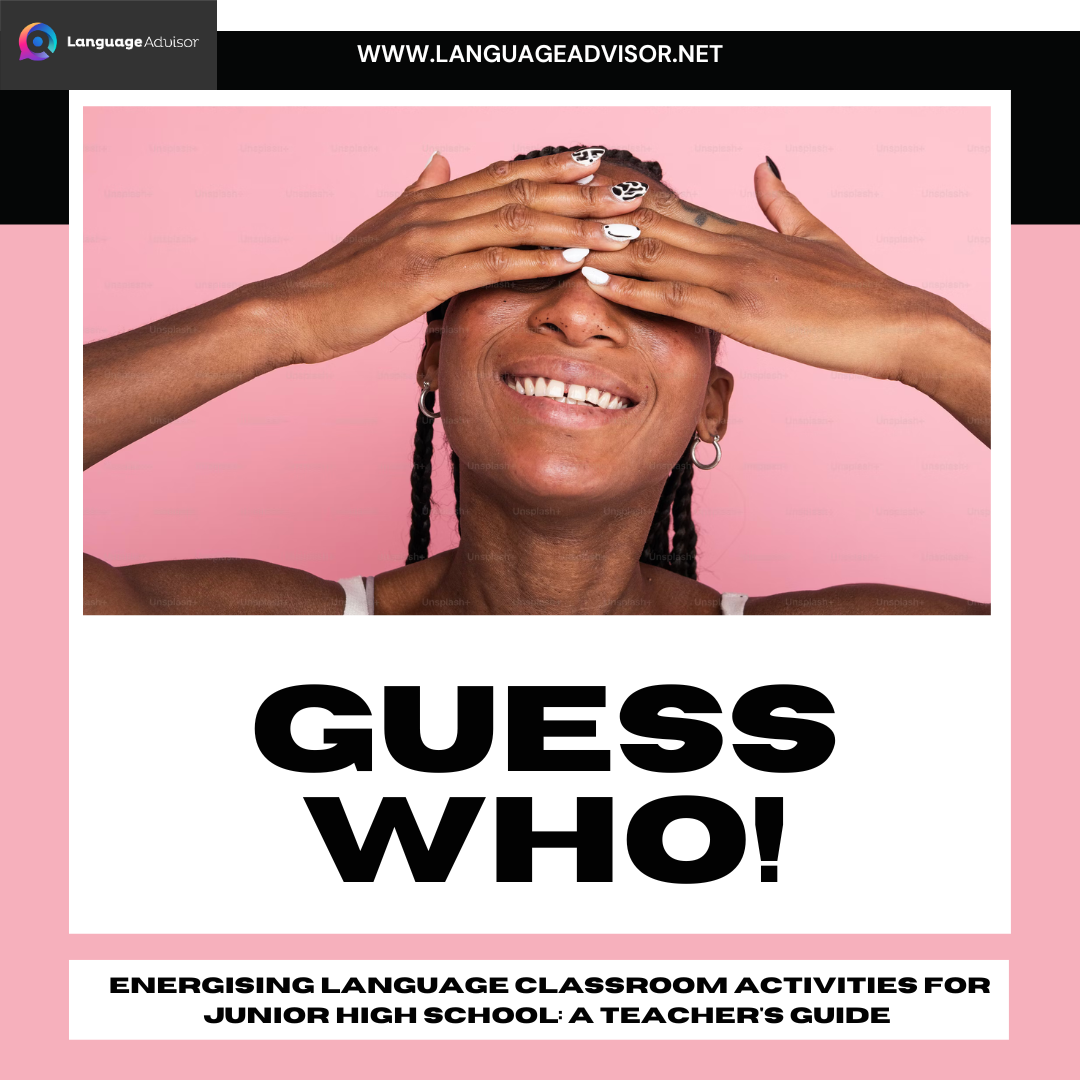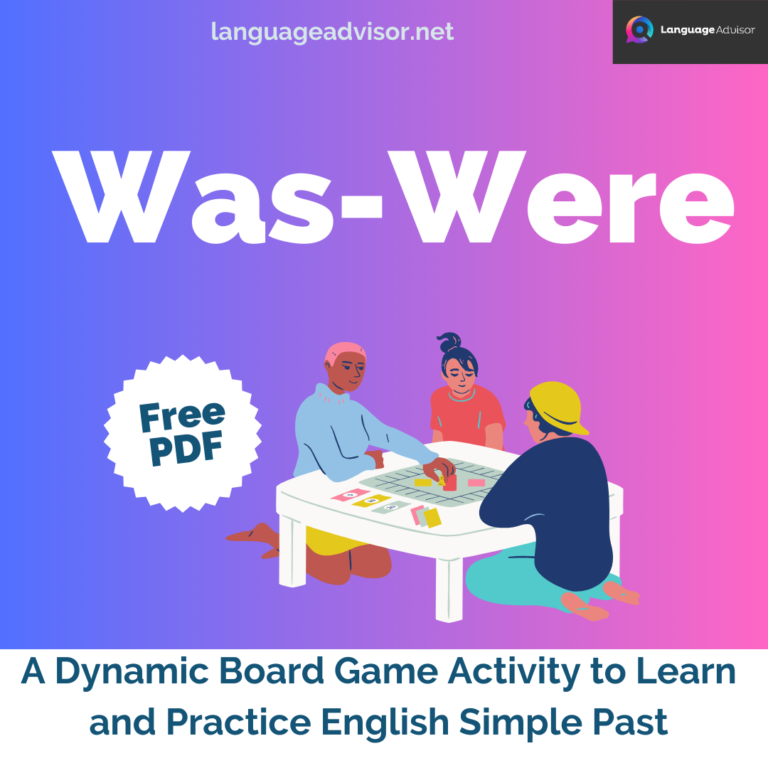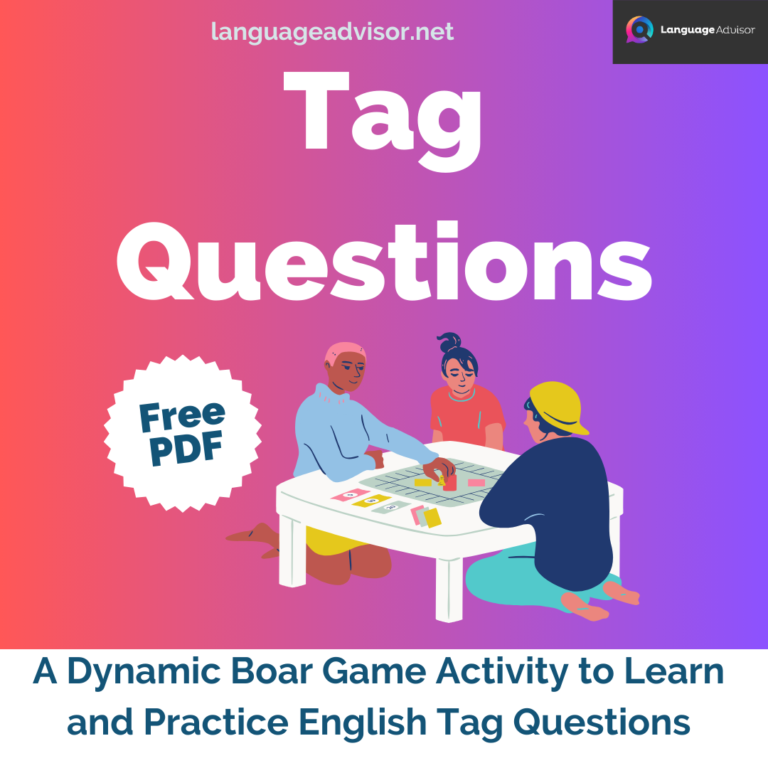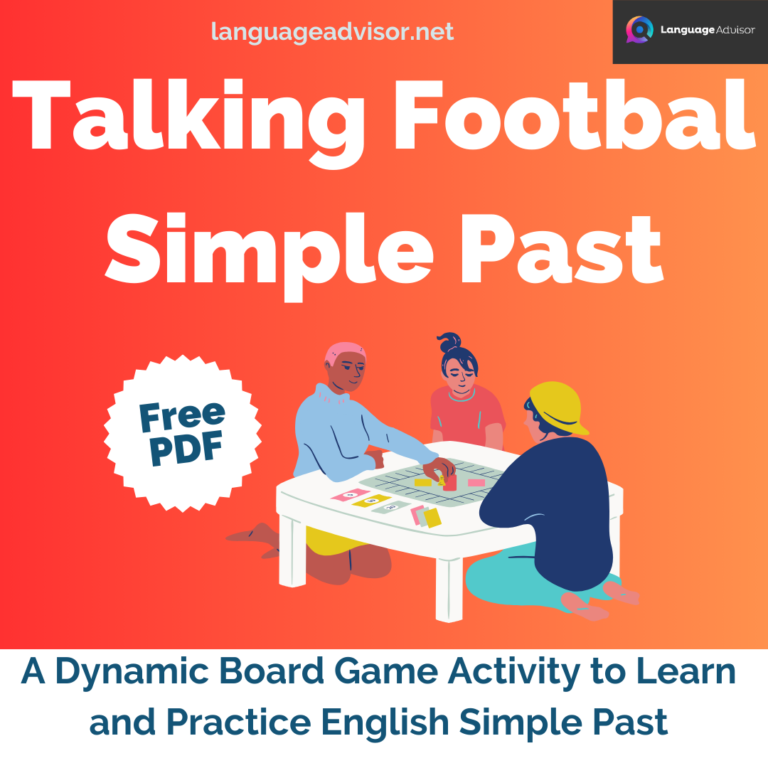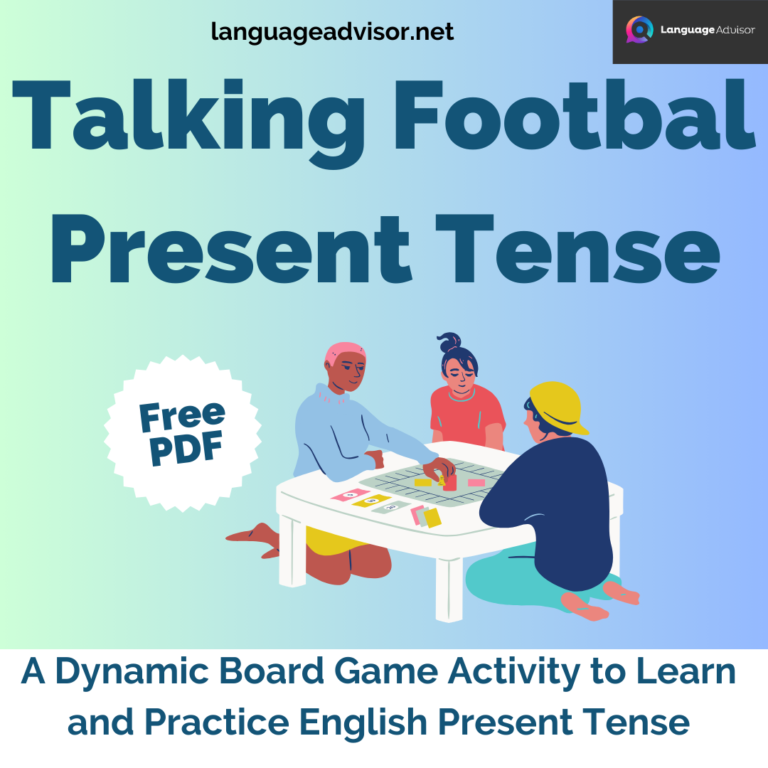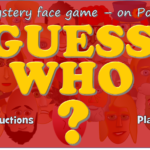GUESS WHO! Energising Language Classroom Activities for Junior High School: A Teacher’s Guide
GUESS WHO!

Energising Language Classroom Activities for Junior High School: A Teacher’s Guide
Junior high school students often find language classes challenging, but as a language teacher, you have the power to transform these challenges into engaging learning experiences. Classroom activities are the key to achieving this transformation. These activities not only make learning enjoyable but also foster a deeper understanding of the language, leading to improved fluency and proficiency. In this blog post, we will explore a diverse range of innovative and interactive language classroom activities designed specifically for junior high school students. Whether you’re looking to enhance vocabulary retention, boost conversational skills, or make grammar lessons more enjoyable, this guide will provide you with a rich array of strategies to create a dynamic and effective learning environment for your students. Let’s embark on this journey to energize your language classroom and inspire your students to become passionate language learners.

GUESS WHO!
Target Group: All grades
Difficulty Level: Fundamentals to Conversational
Activity Objective: To review questions and vocabulary that are commonly used in everyday English communication
GUESS WHO! Procedure
Once the activity has been introduced to the students, each team within their respective groups chooses a character for the game, keeping their selection secret from the opposing team. The objective of the game is for the other team to guess the character each opposing team member has chosen. Throughout the game, students can only respond with a simple ‘yes’ or ‘no’ when asked questions about their character. Questions that can be answered with a ‘yes’ or ‘no’ are allowed during the game. Each team member takes turns asking questions about the opposing team’s character. The teams take turns, with one question from each side at a time.
Sample questions may include, ‘Is your character a boy?’ ‘Does your character play soccer?’ ‘Can your character be associated with a ball?‘ If the response to a question is ‘no,’ the team that posed the question eliminates all characters to which the ‘no’ applies. If the answer is ‘yes,’ the team removes all characters to which the ‘yes’ does not apply. The final question is ‘Is your character [Character’s name]?’ The first or fastest team to correctly guess the opposing team’s character wins the game.
To determine which team gets to ask the first question, the teams settle it with a round of ‘Rock, paper, scissors, with the winning team earning the privilege of initiating the questioning.
Materials and Preparation
- Students are organized into groups of four, comprising two teams, each consisting of two students.
- Each team receives one ‘Guess Who!’ game board to share among their team members.
- The boards can be prepared by laminating them and using a black marker with an eraser, or students may write on paper and utilize a pencil for the activity.
- Alternatively, free downloadable game boards are available from the makers of the ‘Guess Who!’ game at http://www.hasbro.com/games/discover/guesswho/upload/GWc_Sports-en_UK.pdf.
- The provided game board, particularly the SPORTS edition, is favored, as it incorporates English vocabulary already covered in the curriculum. It also includes a variety of foreign names for individuals from different countries, making it suitable for diverse student levels in junior high school. This choice of game board enhances internationalization and engages students in various aspects of English language communication, such as reading, writing, listening, and speaking.
Suggestions and Advice
This includes the explanation of the activity, pronunciation practice, and time for two games to be played. The timing of each game with a stopwatch is recommended so that students and teachers are aware of how much time they have left to complete each game. This activity is a good activity to show students that English can be fun to learn, and that it is fun, interesting and easy to speak “everyday English” in “real-life” situations. It is also a good activity as it demonstrates to many students how much English they have already learnt, without being aware of it. This gives them more confidence in using English everyday and in motivating them to continue to study English and communicating in English. It is a great way to review a lesson or a series of lessons, and the students always enjoy playing the game.

Energising Language Classroom Activities for Junior High School
In the world of language teaching, fostering a love for learning and effective communication is our ultimate goal. By implementing these engaging classroom activities for junior high school students, you are not only enhancing their language skills but also creating an environment where curiosity, creativity, and enthusiasm thrive. As we wrap up our exploration of these energizing language activities, remember that your role as a teacher is invaluable, and your dedication to making language learning exciting and impactful is what sets the stage for your students’ future success.
So, continue to innovate, adapt, and personalize these activities to suit the unique needs and interests of your students. Watch as their confidence soars, their vocabulary expands, and their ability to communicate fluently grows. With your guidance and these engaging activities in your teaching toolbox, you are well on your way to inspiring a new generation of confident and capable language learners. The journey to language proficiency may be challenging, but with your passion and these activities, it is always an exciting one.
Happy teaching!

Also check out these articles on teaching, teaching methods and teaching tools


